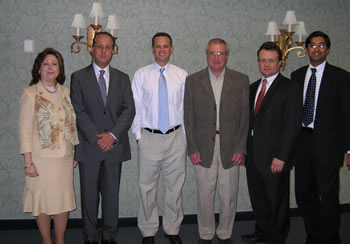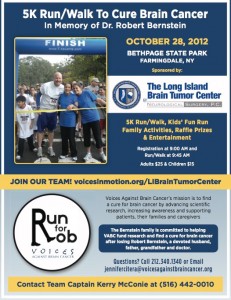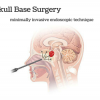Hi all, Dr. Ramin Rak here with another blog post about neurosurgery.
Some of my past blog posts have focused on complex neurosurgical techniques that I use, but I do not spend all of my time in the operating room. Part of my success can be attributed to the education along the way, from my eight years of undergraduate and medical schooling at the Free University of Brussels to the countless residencies I completed in hospitals throughout the United States. For this reason, I make it a priority to give back to the medical community by educating them on the techniques that I use. One way that I do so is by keeping up this blog, but I also present lectures at medical seminars across the country.
Back in 2009 I was asked by the Leslie Munzer Neurological Institute (LMNI) to speak at a comprehensive educational seminar on Brain Tumor and Stroke Awareness.
This two hour seminar took place at the Jefferson’s Ferry Lifetime Retirement Community’s Community Center in New York, and lecture topics included, “Stroke- Treatment, Recovery, and Prevention,” “Current Treatments of Brain Tumors,” “A Stroke Overview,” and “New Chemotherapy Options for the Treatment of Brain Tumors.” My lecture was titled “Advancements in Brain Tumor Surgeries” and I discussed advanced microneurosurgical techniques like awake craniotomies, the Gamma Knife procedure, and the CyberKnife system.
The Leslie Munzer Neurological Institute was formed in 2006 by Neurological Surgery, P.C. and at the time was called The Long Island Neurological Institute, Inc.
This organization coordinated funds for research related to the brain and spinal cord while supplying information to patients and the medical community about neurological ailments.
The organization changed its name in 2008 in memory of Leslie Munzer, who passed away in 2004 from a ruptured arteriovenous malformation (AVM).
Shortly after her passing, the Munzer family had formed a charity in her name to raise funds for AVM research and awareness, and in 2008 donated the collected funds to The Long Island Neurological Institute, Inc.
You can learn more about my efforts to educate the neurosurgical community with The Leslie Munzer Neurological Institute and with other organizations by viewing my other blog posts.
Thank you for reading,
Dr. Ramin Rak

 I complete the CyberKnife procedure by first imaging the patient’s brain and surrounding area using
I complete the CyberKnife procedure by first imaging the patient’s brain and surrounding area using 



